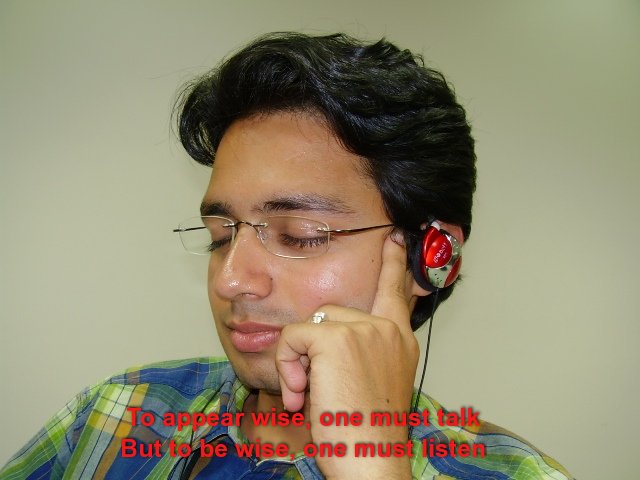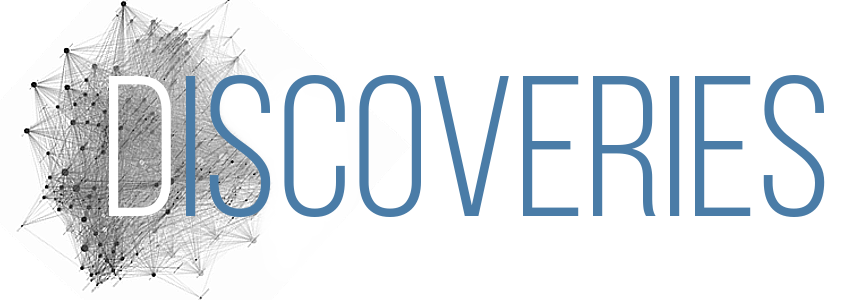
Speech is not just about what we hear. Listeners make judgments about how they think people will talk using visual cues to make assumptions about a person’s age, gender identity, socioeconomic status, etc., However, it’s not yet clear in what ways this affects how listeners hear.
Ethan Kutlu created an experiment to examine how people’s implicit racial and linguistic biases impact their perception of accentedness, or how accented people believe a speaker is. First, participants were shown a picture of either a white woman or a South Asian woman. Then, audio of a sentence read by either an Indian English or American English speaker was played. Sentences from the same lists were read by both speakers. Importantly, this experiment was conducted in a racial-match and mismatch fashion. Thus, at some points, participants would see a South Asian woman and hear an Indian American accent (e.g. racial match) but at other points, they would see a white woman and hear an Indian American accent (racial mismatch). This way, the researchers were able to isolate the effect of race perceived through sight and race perceived through sound (seeing race vs. hearing race). Finally, participants were asked to judge whether the speaker had an accent. (All participants identified as native speakers of American English.)

This experiment determined that the images that were shown did, in fact, affect judgments of the level of accentedness. When listeners were shown a South Asian image before hearing the audio, they were more likely to rate the speaker as “accented.” This occurred when speakers heard either Indian English or American English. Participants were also significantly faster at rating speech accentedness when shown a South Asian image regardless of the audio played.
Overall, this research suggests that race impacts not just how we see and judge individuals but even how we hear them. Such a finding adds yet another twist to our understanding of the mechanisms by which discrimination impacts education, housing, finances, and more in contemporary American society.

Comments